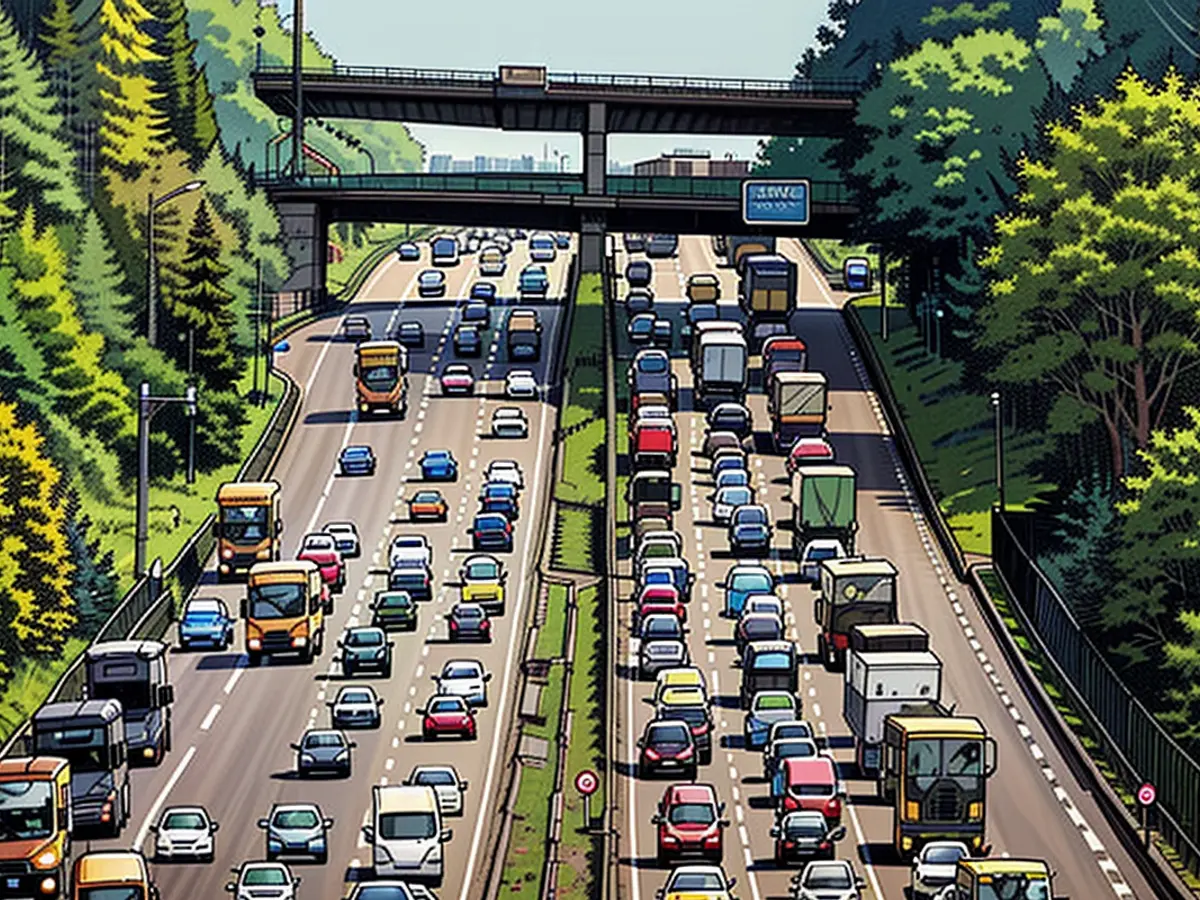Autonomous vehicles Tend to Reduce Road Accidents, Studies Suggest
Self-driving cars might just be the wave of the future, but their dependability remains questionable. A team of scientists wanted to determine whether these automated vehicles get into fewer or more crashes compared to conventional human-driven vehicles. After conducting an analysis, they were taken aback by their findings.
As per the study, self-driving vehicles are generally safer on the road than those driven by humans, except for certain conditions. The research discovered that accidents with self-driving cars are more likely to happen during twilight hours and when making turns, according to US researchers in the journal "Nature Communications."
Researchers Mohamed Abdel-Aty and Shengxuan Ding from the University of Central Florida examined over 37,000 accidents and found that self-driving or partially self-driving vehicles were involved in 2,100 of them. In partially autonomous vehicles, a driver must always be present to oversee the driving assistance systems.
The researchers noted improvements in self-driving vehicles in terms of safety, but the exact difference in accident risk between autonomous and human-driven vehicles is still uncertain due to a lack of substantial accident data for self-driving vehicles.
Construction site hazards
The researchers gathered data on accidents involving self-driving vehicles from various American databases and compared it to over 35,000 accidents involving human drivers. Pedestrian involvement was seen in about 15% of accidents with human drivers, but only 3% of accidents with autonomous vehicles. In about 20% of accidents involving human drivers, distraction or poor driving behavior was evident beforehand.
Conversely, 5.5% of accidents with autonomous vehicles took place in construction zones or in relation to other incidents, such as accidents involving other traffic participants. The proportion of such accidents among human drivers was just slightly above 1%. Rear-end collisions accounted for 79% of accidents with human-driven vehicles, whereas autonomous vehicles were responsible in about 72% of these cases, but only when they were not in automated mode – human error was to blame.
"We can deduce that human drivers, in comparison to automated mode, may not react as quickly or may not have noticed the object in time to respond adequately," note Abdel-Aty and Ding.
Difficult lighting and turning
In a separate analysis, the researchers took several factors related to the accidents into account, including traffic density, weather, road conditions, location of the incident, and other factors. From this, they derived predictions for the probability of accidents in specific situations. According to their findings, the probability of an accident for a highly automated vehicle in the rain is only about one third of that of a vehicle driven by a human. The scientists attribute this in part to the extended visibility range provided by radar sensors, at up to 150 meters, compared to the reduced viewing distance for humans under certain conditions.
However, autonomous vehicles have a significantly higher accident risk in difficult lighting conditions during twilight hours and when turning. The probability of an accident in twilight hours is more than five times higher, and the probability when turning is still twice as high as that of a vehicle driven by a human.
Overall, the researchers have a positive outlook on the risk of accidents with autonomous vehicles: "Based on the results of the model estimation, it can be concluded that highly automated driving systems, due to their object recognition and avoidance, precise control, and superior decision-making, are safer than human-controlled vehicles in most situations."
Read also:
The initial study found that while autonomous vehicles generally have a lower accident rate than human-driven vehicles, they are more prone to accidents during twilight hours and when making turns. (Education: The study suggests that further research is needed to gather substantial accident data for self-driving vehicles to fully understand the difference in accident risk between autonomous and human-driven vehicles.)
Given the improved safety features of autonomous vehicles like radar sensors that provide extended visibility up to 150 meters, it's surprising that they have a significantly higher accident risk in difficult lighting conditions and when turning. (Autonomous driving: Despite the advantages of autonomous vehicles in terms of object recognition, precise control, and superior decision-making, they still pose a higher risk in specific situations like poor lighting and turns, according to the researchers' findings.)







